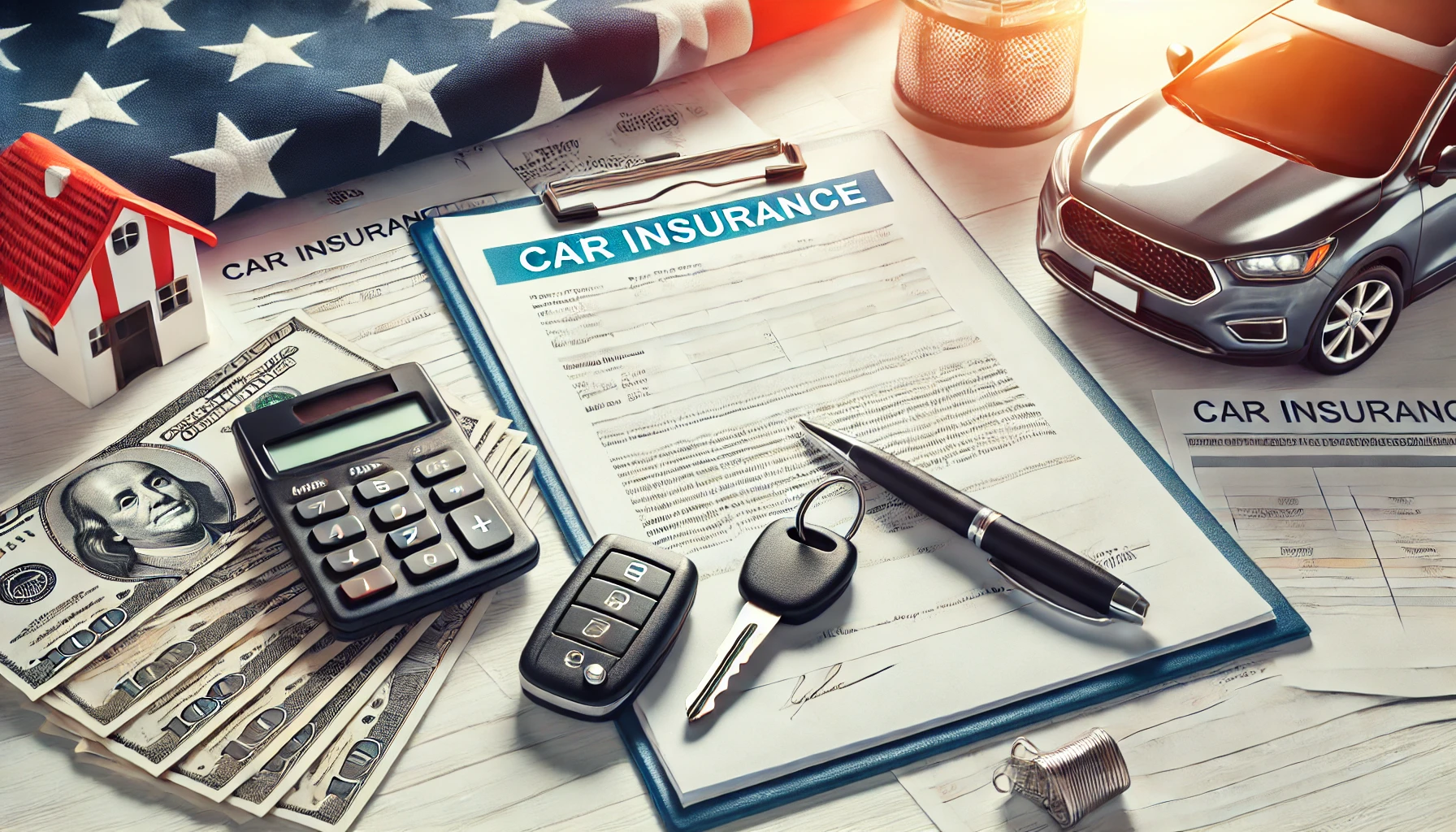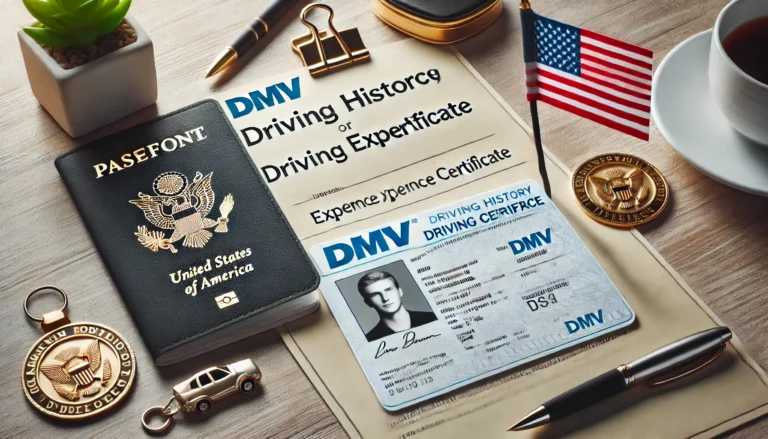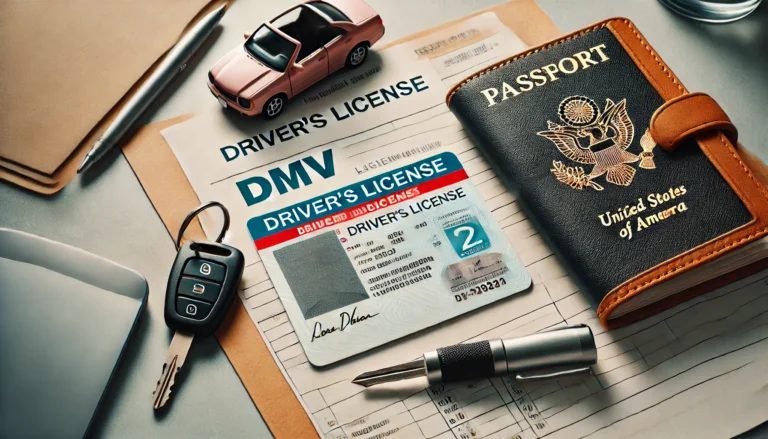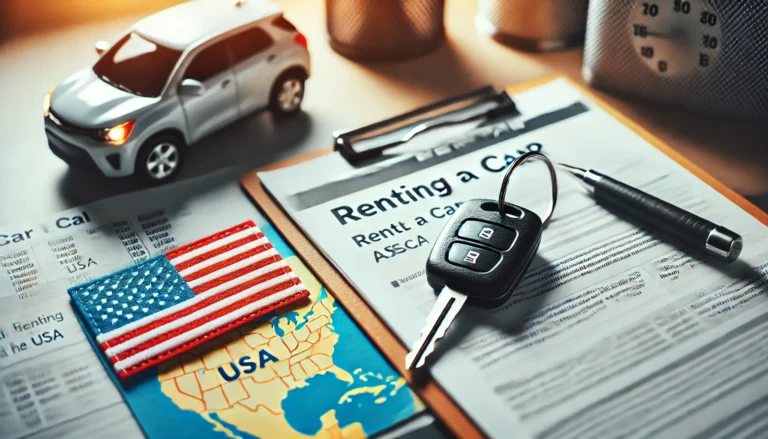Car Insurance in the US What You Need to Know
Introduction
Car insurance in the United States is essential for all drivers, not only for legal compliance but also for financial protection. Here’s a comprehensive guide on the types, requirements, costs, and best practices when getting car insurance in the U.S.
Car Insurance in the US What You Need to Know
1. Understanding Basic Car Insurance Coverage
Car insurance generally includes several types of coverage, each serving a different purpose. Common types of car insurance coverage include:
- Liability Coverage: Required in most states, liability insurance covers damages you cause to others (both bodily injury and property damage) if you’re at fault in an accident.
- Collision Coverage: Covers the cost to repair or replace your car after an accident, regardless of who’s at fault.
- Comprehensive Coverage: Provides coverage for non-collision-related damage, such as theft, vandalism, or natural disasters.
- Personal Injury Protection (PIP): Covers medical expenses for you and your passengers regardless of fault; required in some states.
- Uninsured/Underinsured Motorist Coverage: Protects you if you’re involved in an accident with a driver who has insufficient or no insurance coverage.
Tip: Liability insurance is typically the minimum required by law, but adding comprehensive and collision coverage is often advisable for better protection.
2. Know Your State’s Minimum Requirements
Car insurance requirements vary by state, so it’s essential to understand the laws in your specific area:
- Minimum Liability Coverage: Most states mandate minimum levels of liability coverage, including bodily injury and property damage limits.
- No-Fault States: In some states, such as Florida and Michigan, drivers must have Personal Injury Protection (PIP) because they follow a “no-fault” system, where each driver’s insurance covers their medical expenses regardless of who caused the accident.
- Penalties for Non-Compliance: Driving without the minimum required coverage can result in fines, license suspension, or vehicle impoundment.
Resources: Check your state’s Department of Motor Vehicles (DMV) website for specific insurance requirements.
3. Factors Affecting Car Insurance Rates
Several factors influence the cost of your car insurance premium:
- Driving History: Drivers with accidents or violations often pay higher premiums.
- Age and Gender: Young, inexperienced drivers, particularly males under 25, generally face higher rates.
- Location: Rates vary by state and even by ZIP code due to local accident rates, theft statistics, and repair costs.
- Vehicle Type: High-value cars and those with higher repair costs typically have higher premiums.
- Credit Score: In many states, a good credit score can lower your premiums, while a poor score may increase them.
Tip: Improving your driving record, maintaining good credit, and choosing a car with strong safety features can help reduce your premium.
4. Comparing Car Insurance Companies
Each insurance provider has different rates, coverage options, and customer service reputations. When comparing companies, consider:
- Rates and Discounts: Compare quotes from multiple insurers and ask about discounts, like safe driver, multi-car, or low-mileage discounts.
- Customer Service: Look for companies with strong customer service ratings, especially for claims handling. Online reviews and resources like J.D. Power’s annual customer satisfaction survey can be useful.
- Financial Strength: Choose a company with a strong financial rating from agencies like A.M. Best or Moody’s to ensure they can cover large claims.
Tip: Use comparison websites like The Zebra or NerdWallet to get multiple quotes quickly and assess which company best fits your needs.
5. Understanding Deductibles and Premiums
A deductible is the amount you agree to pay out of pocket before your insurance coverage kicks in, while a premium is the amount you pay regularly for the policy:
- Higher Deductibles, Lower Premiums: Choosing a higher deductible can reduce your monthly premiums but will require you to pay more out-of-pocket in case of a claim.
- Lower Deductibles, Higher Premiums: Opting for a lower deductible means higher premiums but less out-of-pocket expense in the event of an accident.
Tip: Choose a deductible that balances affordability with the level of risk you’re comfortable with.
6. Optional Coverage Add-Ons
In addition to basic coverage types, most insurance companies offer add-ons for enhanced protection:
- Roadside Assistance: Covers towing, flat tires, lockouts, and jumpstarts.
- Rental Car Reimbursement: Pays for a rental vehicle if your car is in the shop after an accident.
- Gap Insurance: Covers the difference between your car’s value and the amount you owe on a loan if it’s totaled.
- Glass Coverage: Covers windshield and window repairs or replacements, often without a deductible.
Tip: These add-ons may not be essential for everyone. Assess your needs and budget to determine which add-ons make sense for you.
7. Shopping for the Best Rate
To ensure you get the best deal, shop around:
- Annual Comparisons: Rates and discounts can change, so it’s wise to check quotes from multiple insurers annually.
- Bundle Discounts: Consider bundling your auto insurance with other policies, like home or renter’s insurance, for potential savings.
- Maintain a Clean Driving Record: Many companies offer “safe driver” discounts for drivers with no claims or violations.
Tip: Inquire about loyalty programs, but don’t be afraid to switch providers if another company offers better terms.
8. Claims Process: What to Do After an Accident
In case of an accident, follow these steps to ensure a smooth claims process:
- Document the Accident: Take photos of the scene, gather witness information, and make note of any injuries.
- File a Police Report: Many insurers require a police report for claims. This is especially critical if the accident involved injuries or significant property damage.
- Notify Your Insurer: Contact your insurance provider as soon as possible to begin the claims process.
- Provide All Requested Information: Work with your adjuster and provide any documents or information they need to process your claim.
Tip: Many insurers have mobile apps that let you start the claims process and upload photos and documents right from the scene.
9. Renewal and Adjustments
Upon renewal, reassess your policy and make adjustments as needed:
- Review Coverage Needs: Life changes like a new job, additional drivers, or a new car might require adjustments in coverage.
- Check for New Discounts: Some companies offer loyalty discounts or rate reductions if you maintain a clean driving record.
- Negotiate with Your Insurer: If your premium rises without a clear reason, ask your insurer for an explanation or a reduction.
Tip: Avoid letting your policy lapse, as even a short lapse in coverage can increase your future premiums.
Conclusion
Understanding U.S. car insurance is crucial for protecting yourself, your passengers, and your finances on the road. By knowing the types of coverage, evaluating your state’s requirements, and choosing an insurance provider that fits your needs, you can ensure you’re adequately covered. Remember to review and adjust your policy regularly to keep your rates low and maintain comprehensive coverage.







